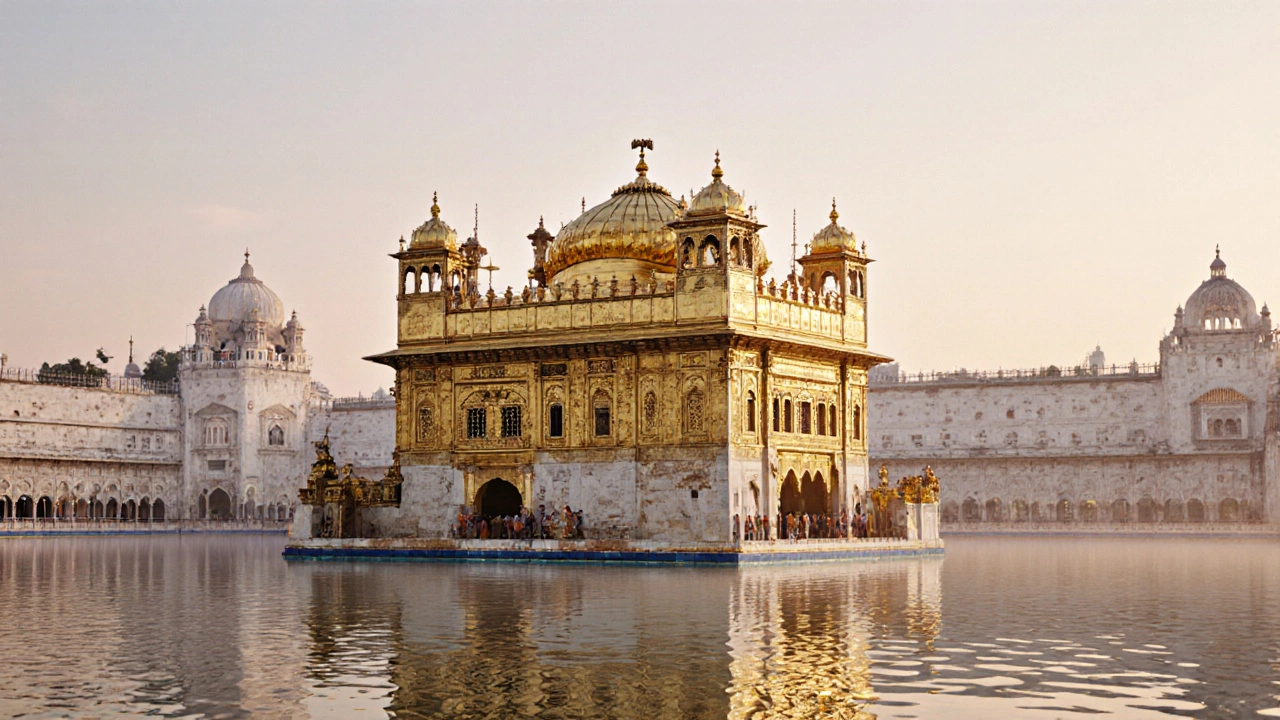
Discover why the Golden Temple's dome sparkles with gold leaf, not solid gold. Learn its history, materials, costs, and maintenance in a clear, engaging guide.
When talking about Indian Culture and Traditions, a vibrant mix of rituals, symbols, and social practices that have evolved over millennia. Also known as Indian traditions, this cultural fabric weaves together family customs, religious ceremonies, and regional arts, shaping how millions celebrate life’s milestones.
One of the most recognizable symbols is the Mangalsutra, a sacred necklace tied by a husband around his wife's neck during the wedding ceremony. It represents the marital bond, with black beads symbolizing protection and the three knots signifying lifelong commitment. Another daily icon is the Bindi, a red dot worn on the forehead that denotes marital status, spiritual focus, or simply style. Though many think of it only as decoration, the bindi traditionally channels energy to the third eye. In Sikh communities, the Kada, a steel bracelet symbolizing an unbreakable bond with the divine, is worn by both men and women, reminding them of equality and strength. Even the humble Nose pin, a piece of jewelry often placed in the left nostril for married women in many regions, carries deep cultural meaning, linking the wearer to heritage, fertility, and marital identity.
Beyond personal adornment, these symbols intersect with larger customs. For instance, the tradition of gifting or buying a mangalsutra has shifted: while older families expected relatives to fund it, modern couples often choose designs that match their style, even opting for one‑gram gold versions for affordability. The bindi’s colors and designs now reflect fashion trends, yet its spiritual roots stay intact. In temples, elaborate Temple Jewelry, ornate gold pieces crafted for deities and festivals showcase devotion and artistic mastery, reinforcing the link between faith and aesthetics. Each of these elements—Mangalsutra, Bindi, Kada, Nose pin, Temple jewelry—forms a semantic network where Indian culture and traditions encompasses personal identity, religious expression, and social rituals.
All this variety shows how symbols evolve yet preserve core meanings. Below you’ll find articles that unpack who ties the mangalsutra, why Sikhs keep their hair untouched, the etiquette around broken necklaces, and the modern take on bridal bangles. Whether you’re planning a wedding, curious about daily wear, or simply love cultural stories, the collection gives practical insights and fresh perspectives on the rich tapestry of Indian traditions.

Discover why the Golden Temple's dome sparkles with gold leaf, not solid gold. Learn its history, materials, costs, and maintenance in a clear, engaging guide.
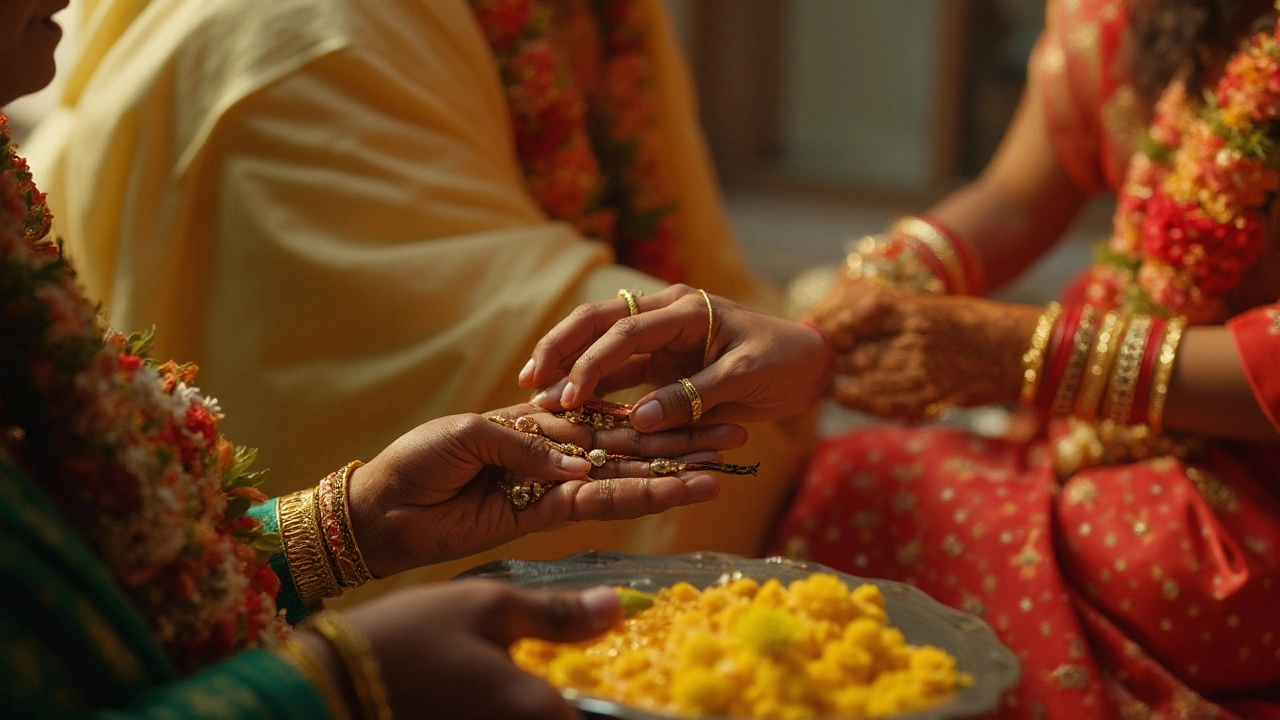
Quick answer and regional breakdown: who gifts, who ties, and how the mangalsutra is presented in different Indian communities, plus etiquette and modern options.
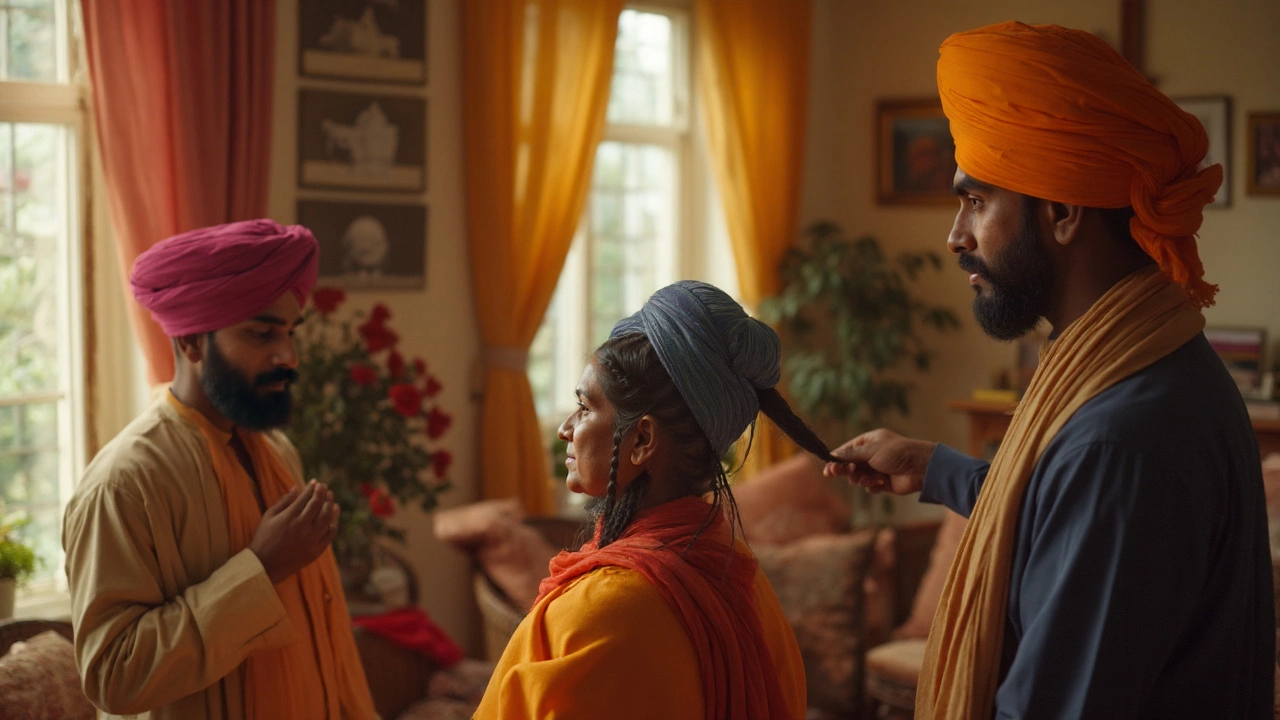
Uncover the deep meaning behind the Sikh practice of not cutting hair, from spiritual roots to modern life. Get the facts and real-life impact behind this unique tradition.
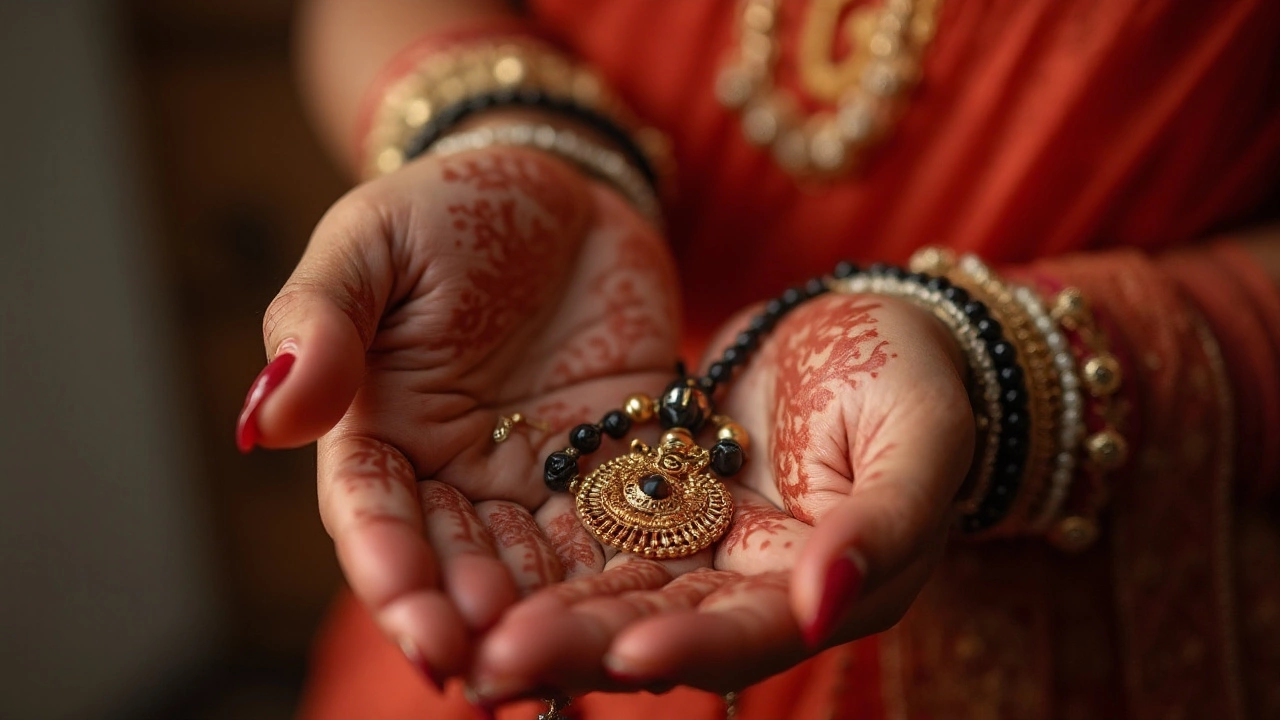
Explaining what 'mangalsutra' means in English, how it translates culturally, and why it holds deep meaning for married women.
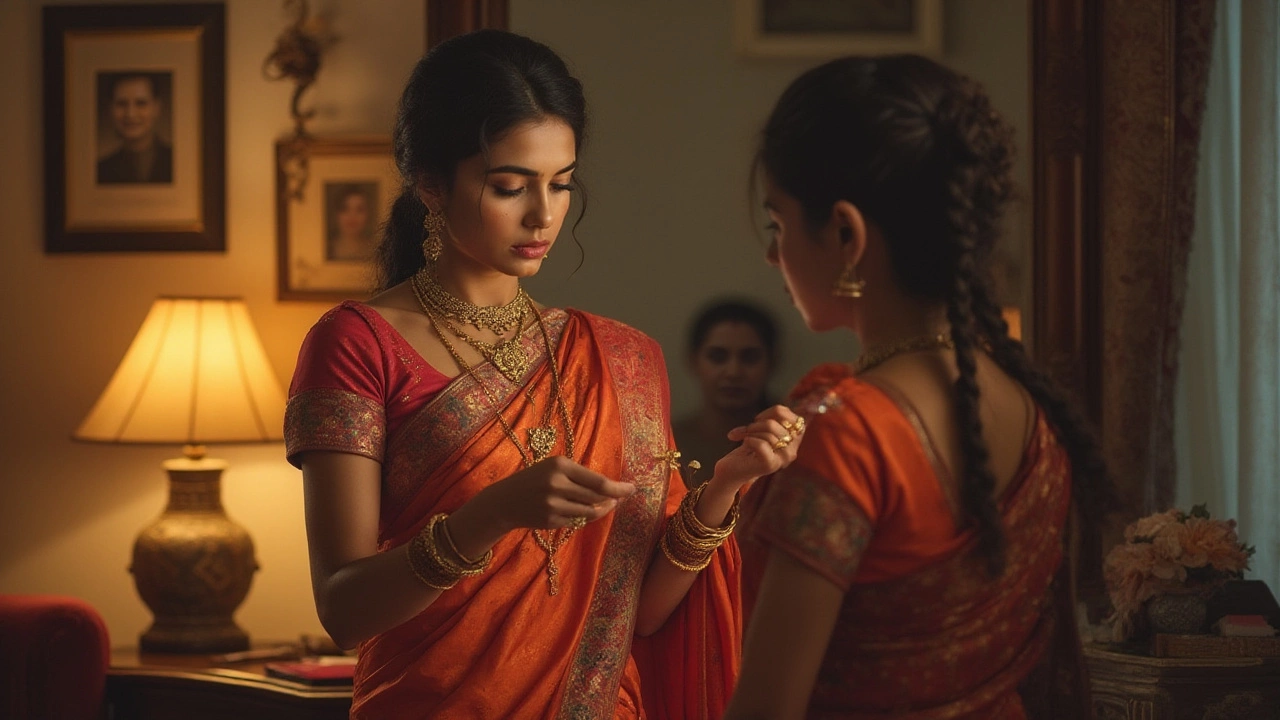
Explore if divorced women can wear mangalsutra in Indian society. Learn about traditions, modern choices, and emotional significance behind the iconic symbol.
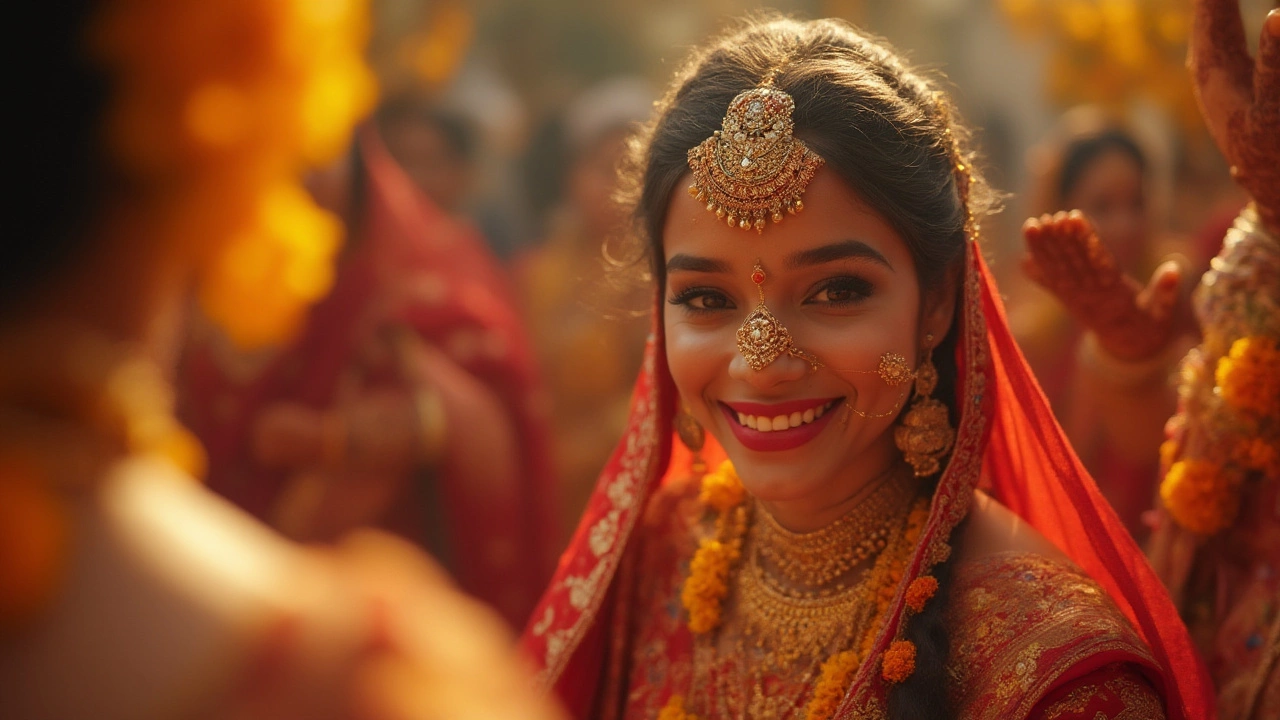
Explore the deep meaning behind nose pins, from ancient traditions to global fashion. Discover what this tiny piece of jewelry really says about you.
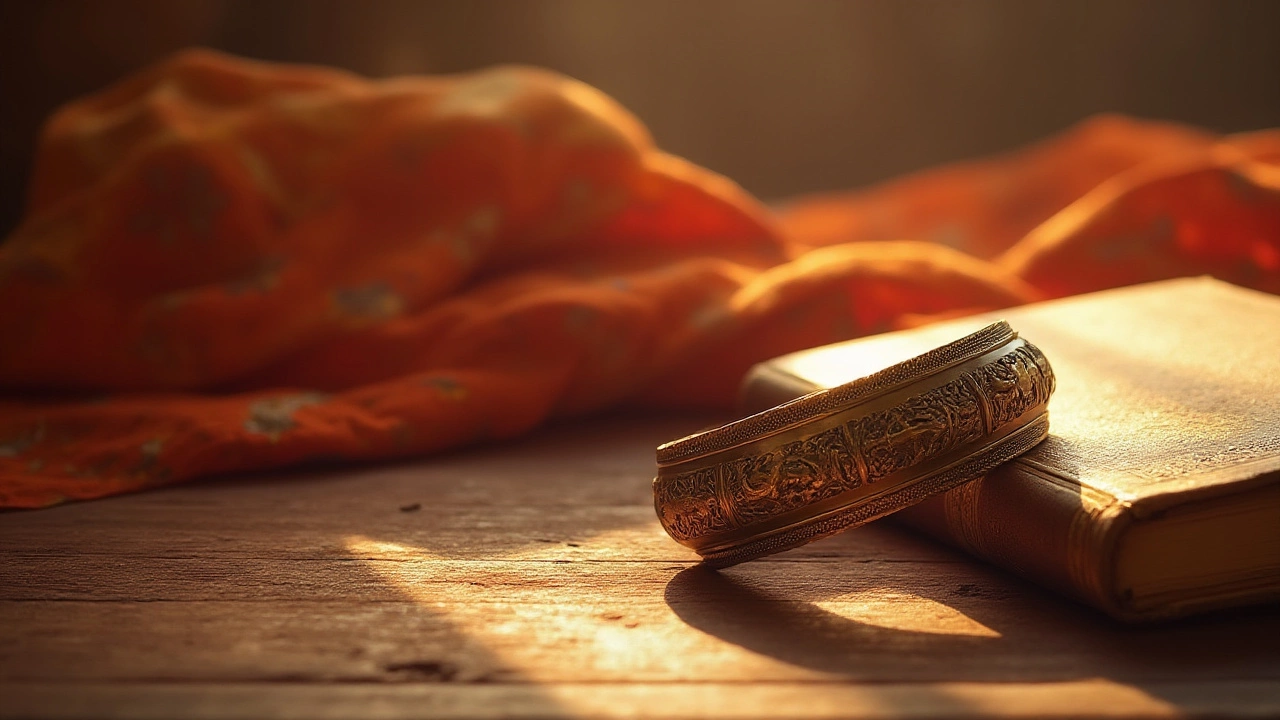
Curious about the Sikh Kada? This article dives deep into its meaning and clears up if non-Punjabis can wear it respectfully. Get facts, history, and style tips here.
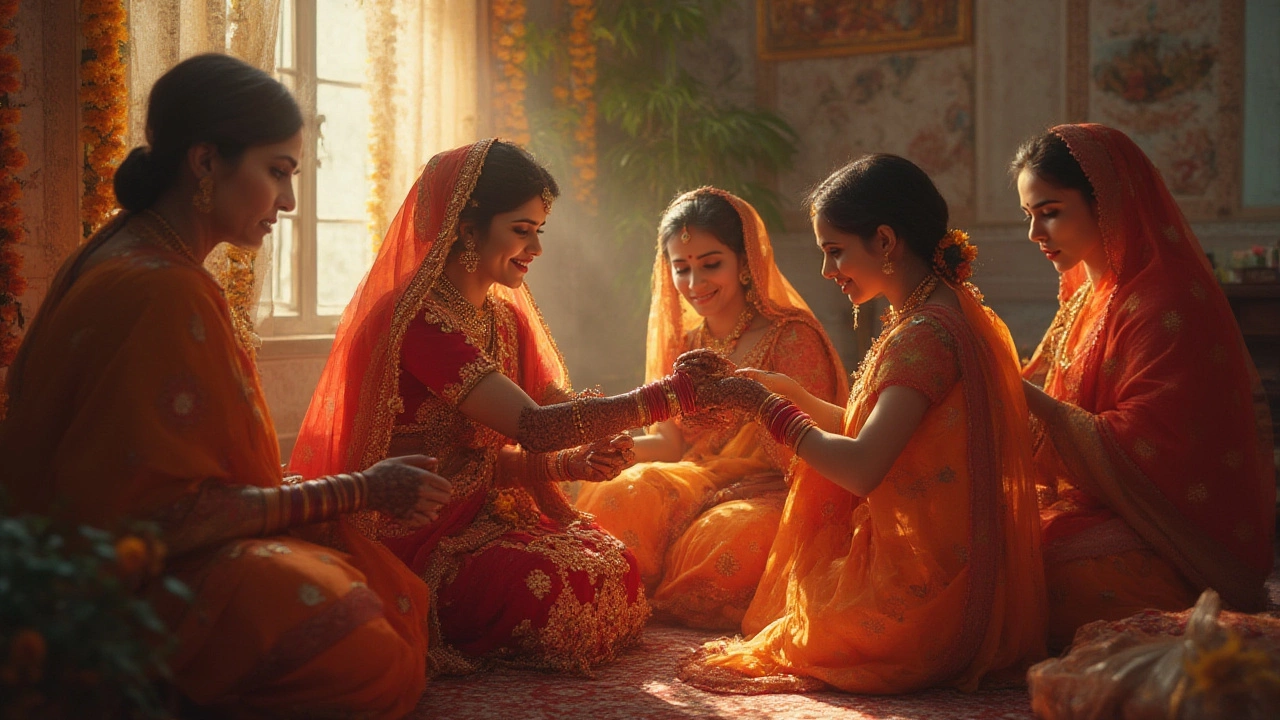
Dig deep into the real story of who takes off the choora at Indian weddings, why it matters, and the hidden rituals few people talk about.
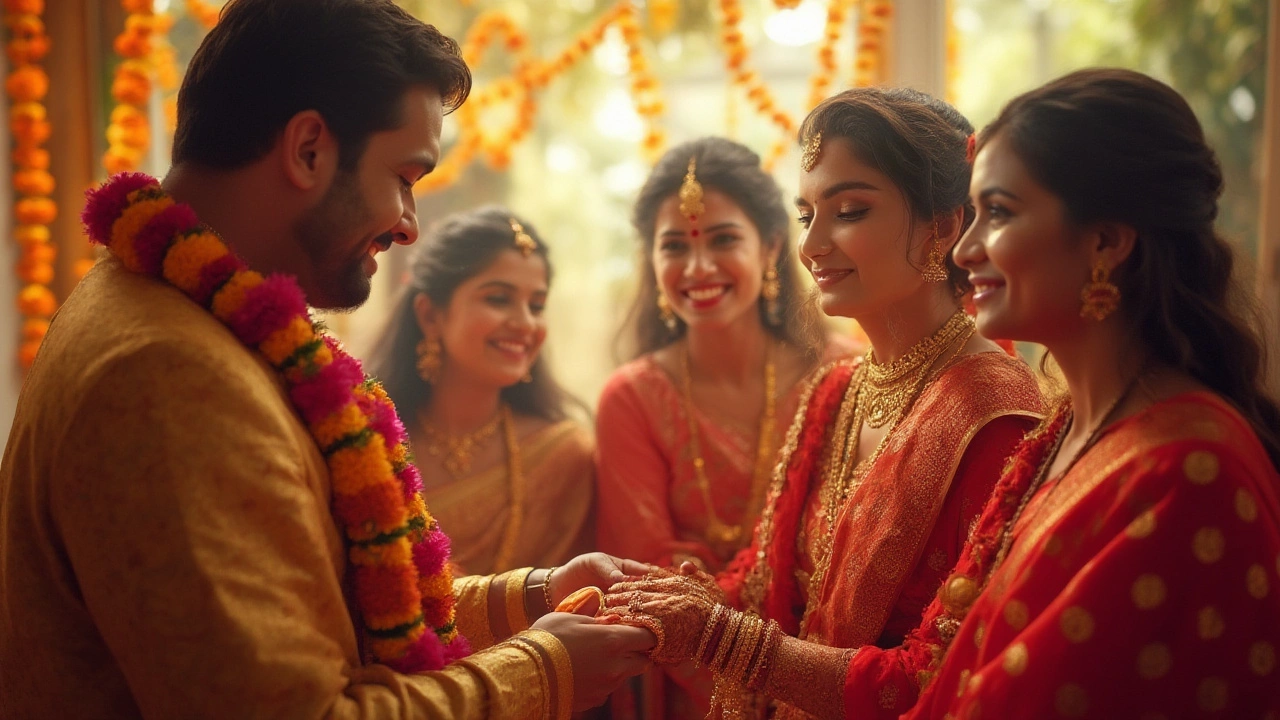
Curious who buys the mangalsutra in marriage? Here's the truth behind this iconic wedding necklace, who pays for it, and how customs are changing in India.
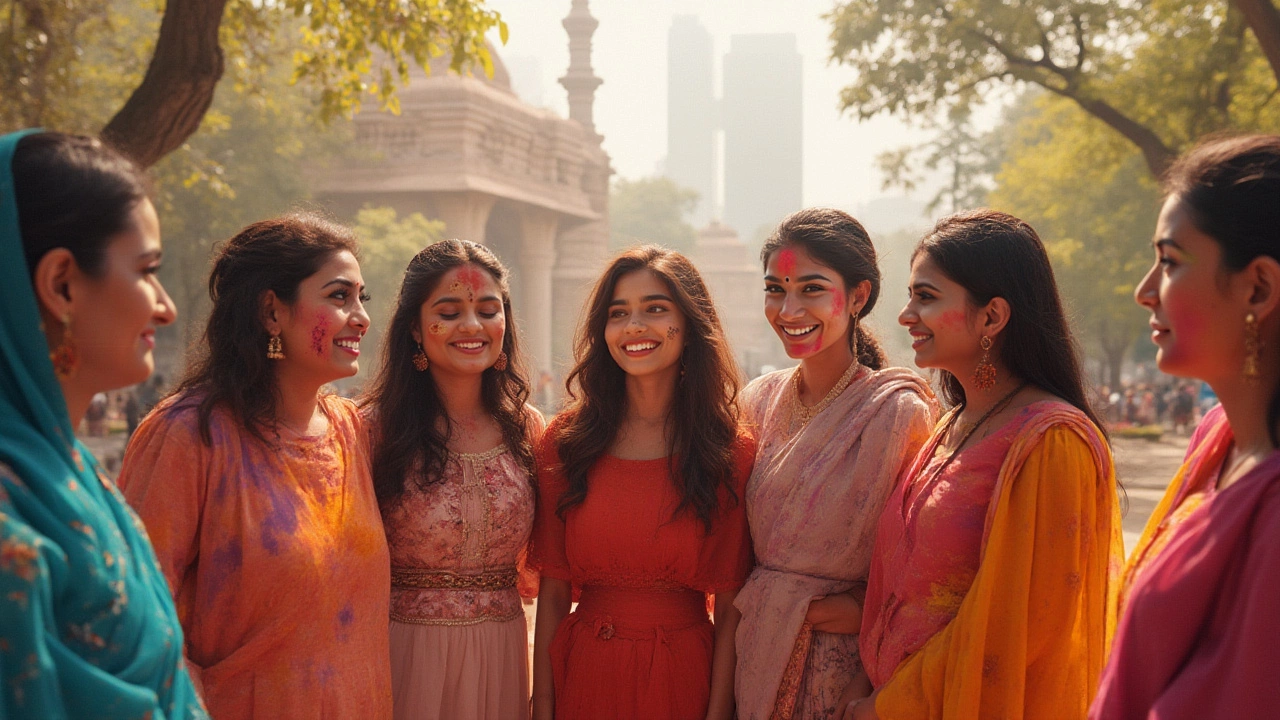
Does wearing sindoor have to mean marriage? Dive into the history, symbolism, and changing norms around sindoor for unmarried girls in today's world.
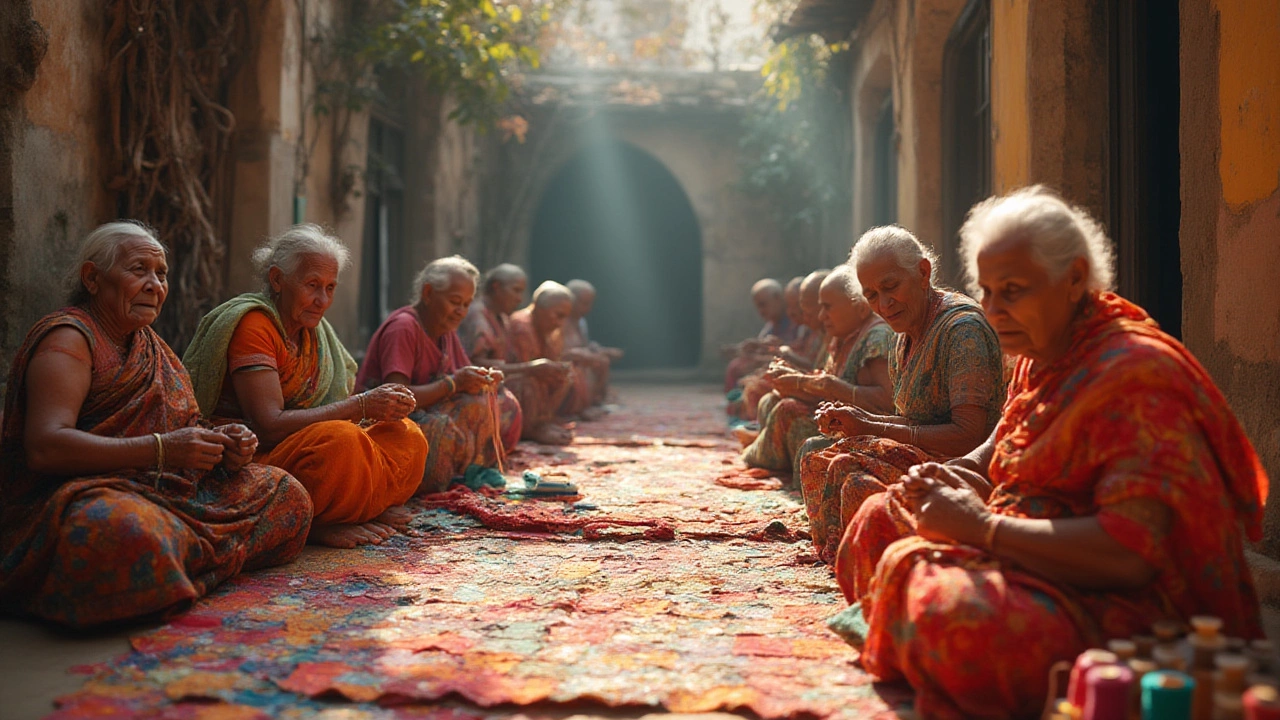
Dig into what makes kantha and sashiko unique—history, stitching styles, uses, and their place in modern fashion and textile art. Learn what sets them apart.
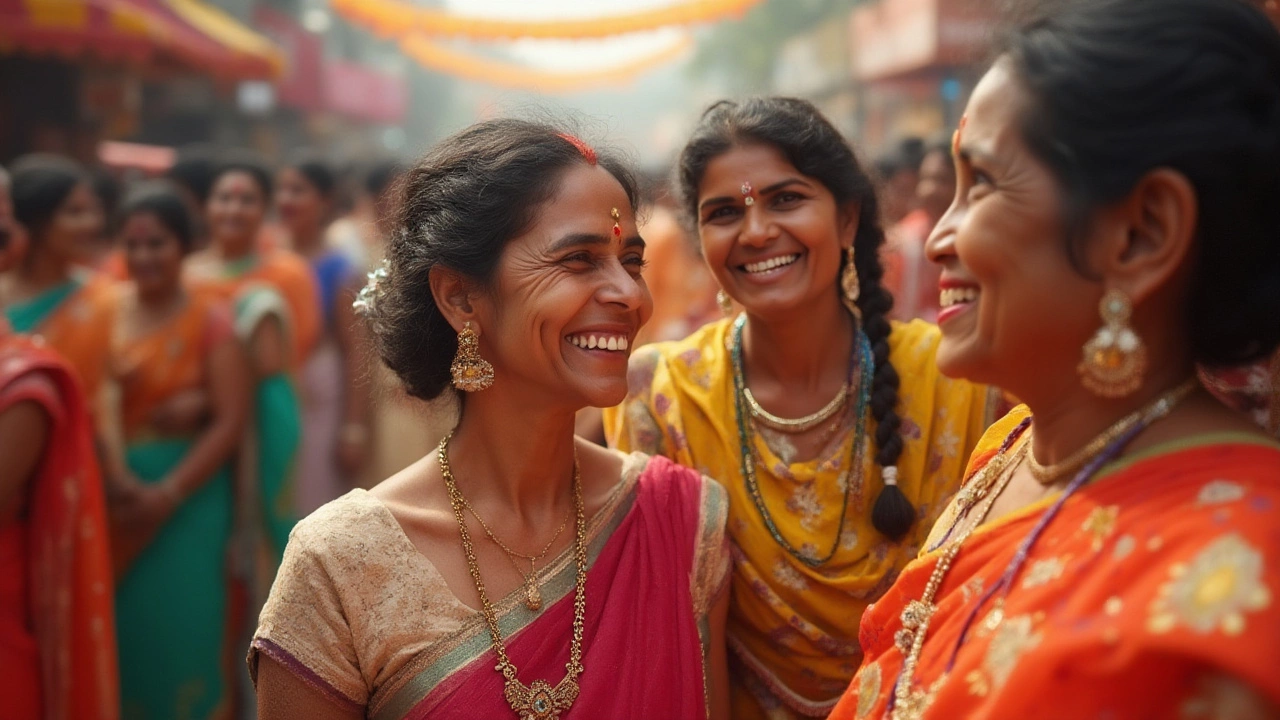
Discover why Indians wear a red dot on their foreheads, the cultural meaning of the bindi, and surprising facts that go way past simple decoration.